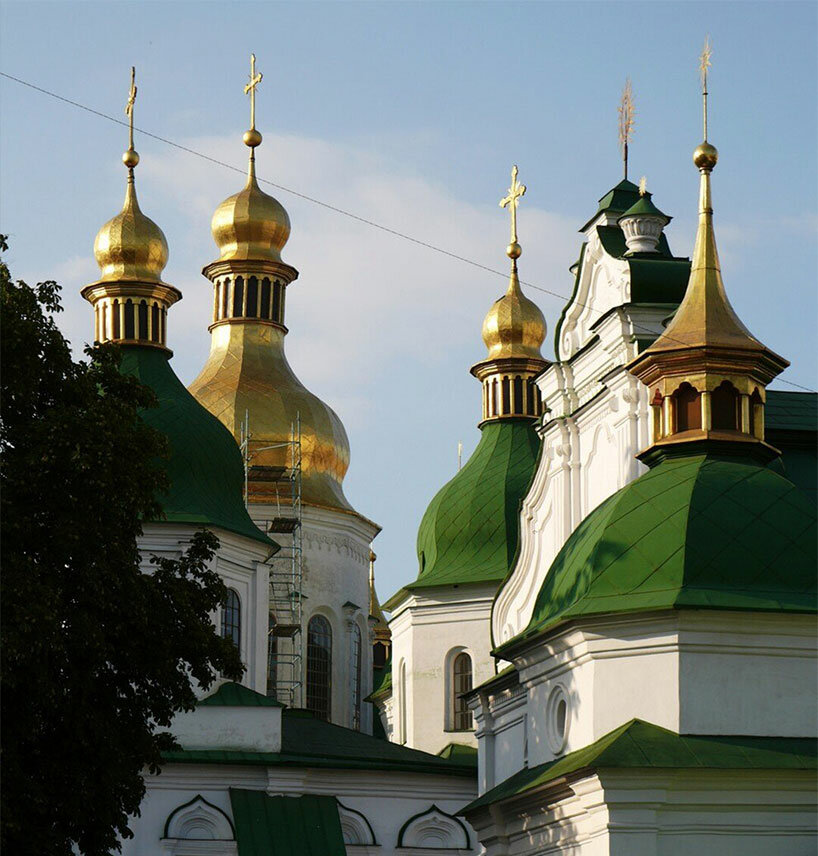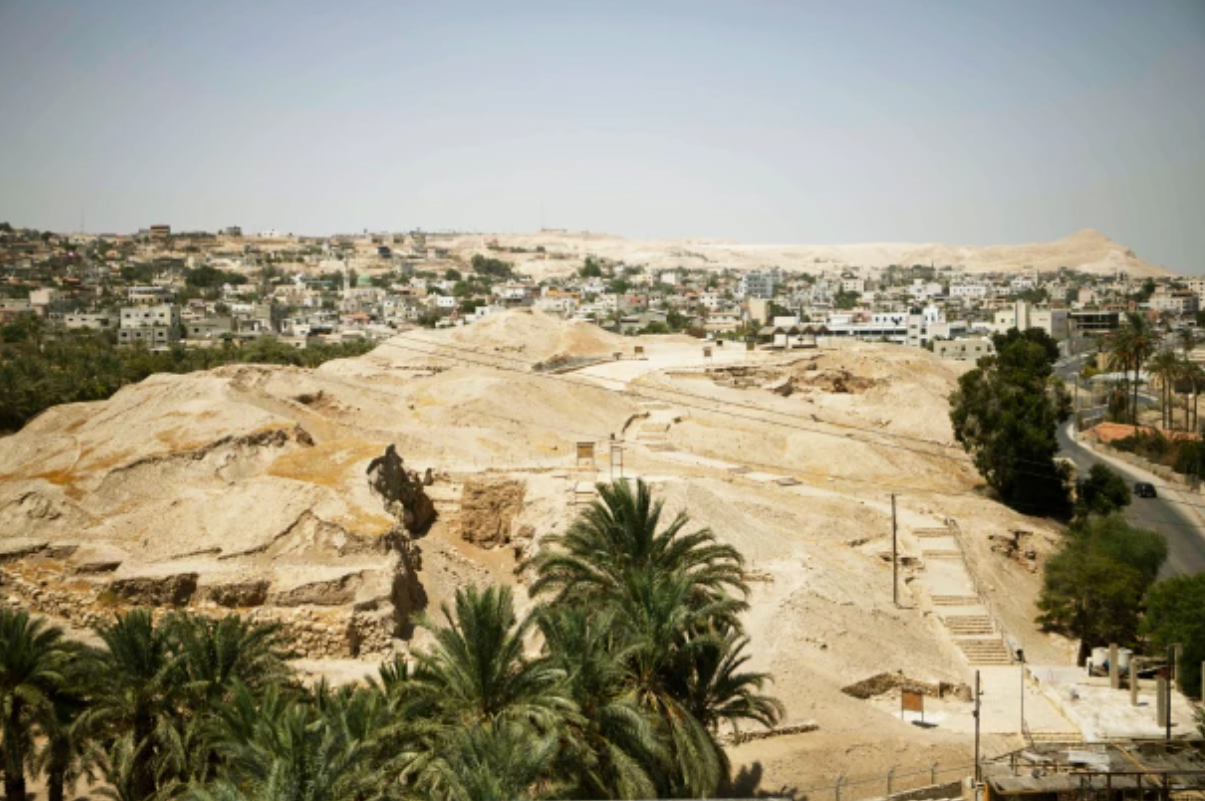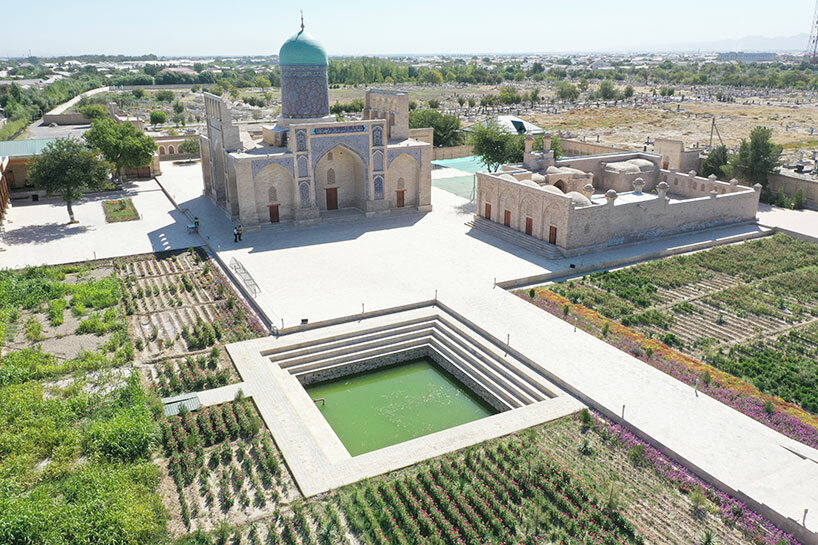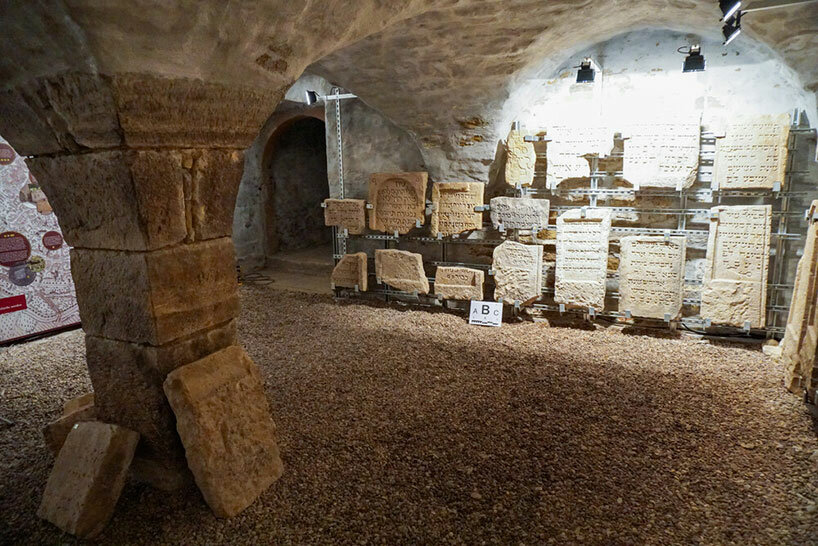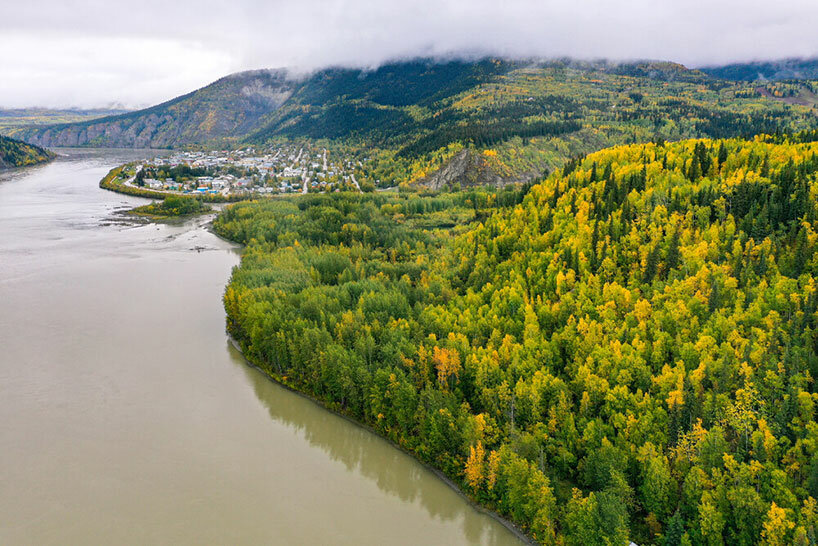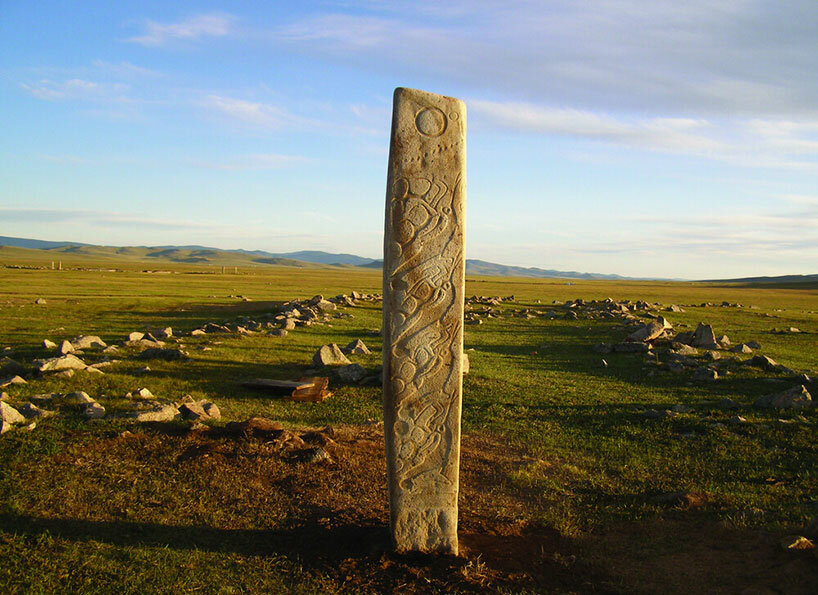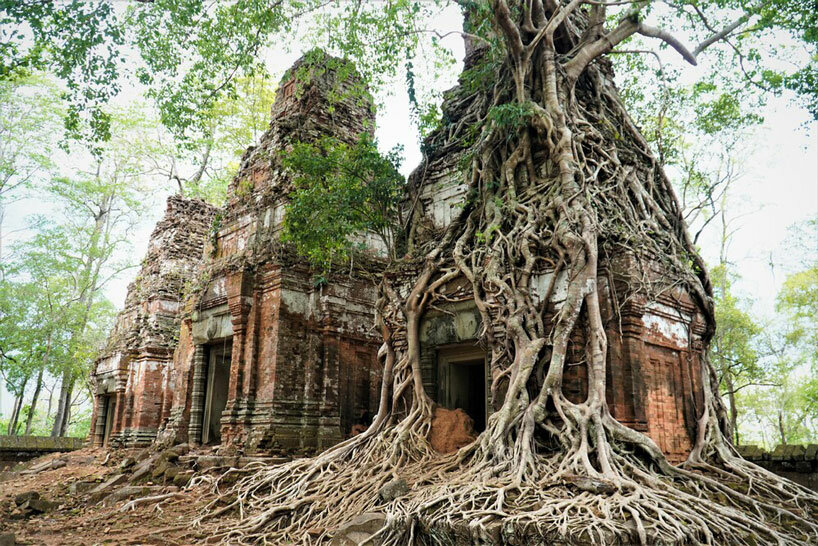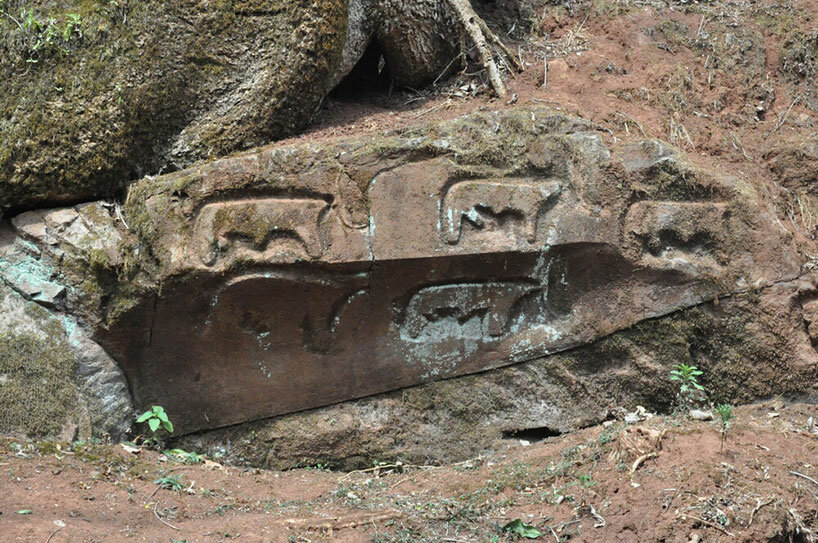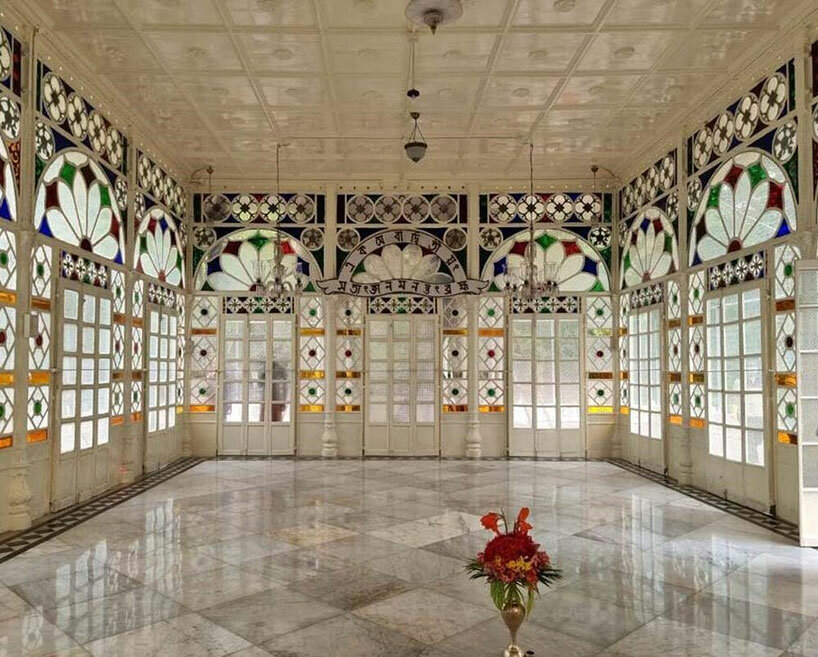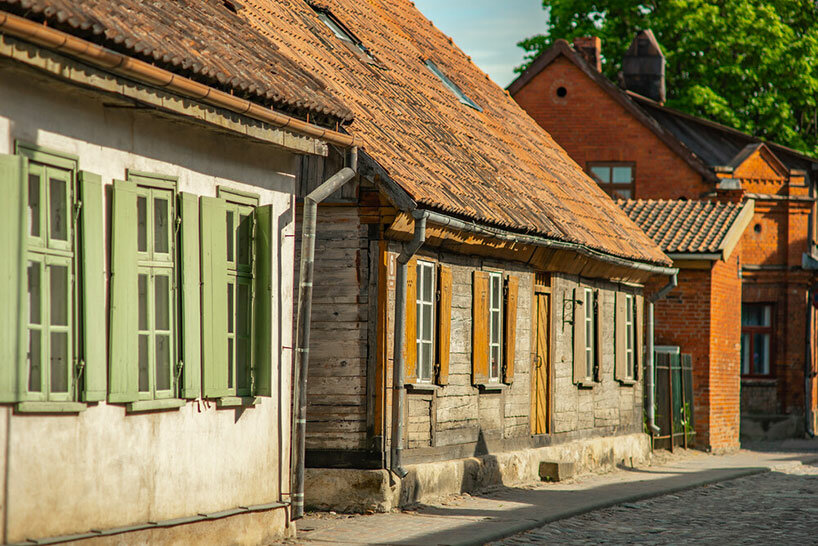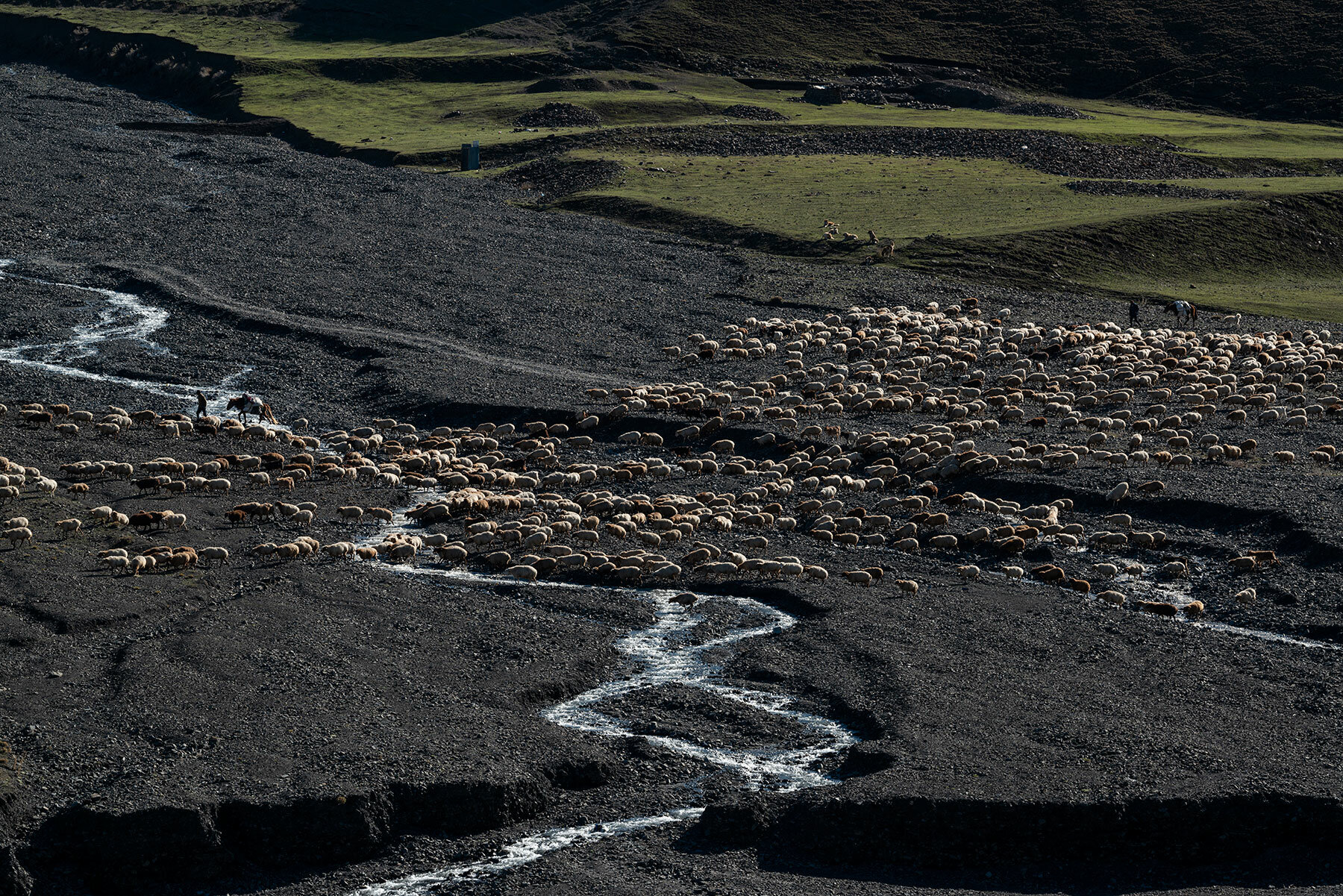
image © RMC, courtesy of UNESCO
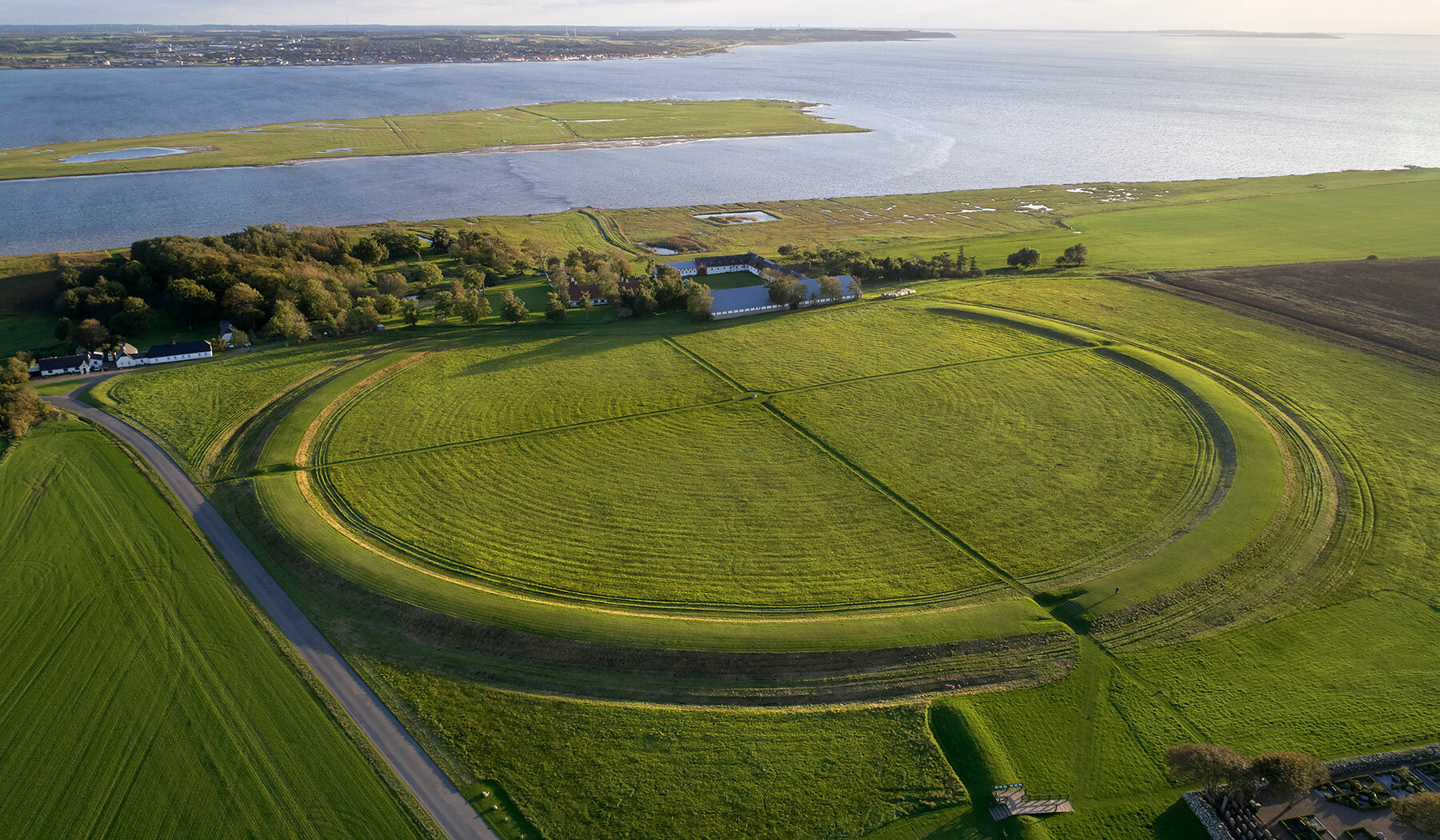
© Danish Agency for Culture and Palaces, courtesy of UNESCO
KEEP UP WITH OUR DAILY AND WEEKLY NEWSLETTERS
happening now! get immersed into florim’s stoneware porcelain surfaces showcasing warm, neutral color palettes with striking veining patterns that adorn any room from floor to ceiling.
PRODUCT LIBRARY
ODA sculpts a concave planted terrace and public podium bringing greenery to seoul's cityscape.
designboom speaks to the japanese architect on the occasion of the world around and fondation cartier's 'in focus: radical repair' conference at la triennale di milano.
connections: +280
among many developments, NEOM also offers a glimpse into the world’s largest green hydrogen plant, set to be operational in 2026.
connections: 85
drawing from the local tropical rainforest, the architecture mirrors the perpetual flow of leaves.

